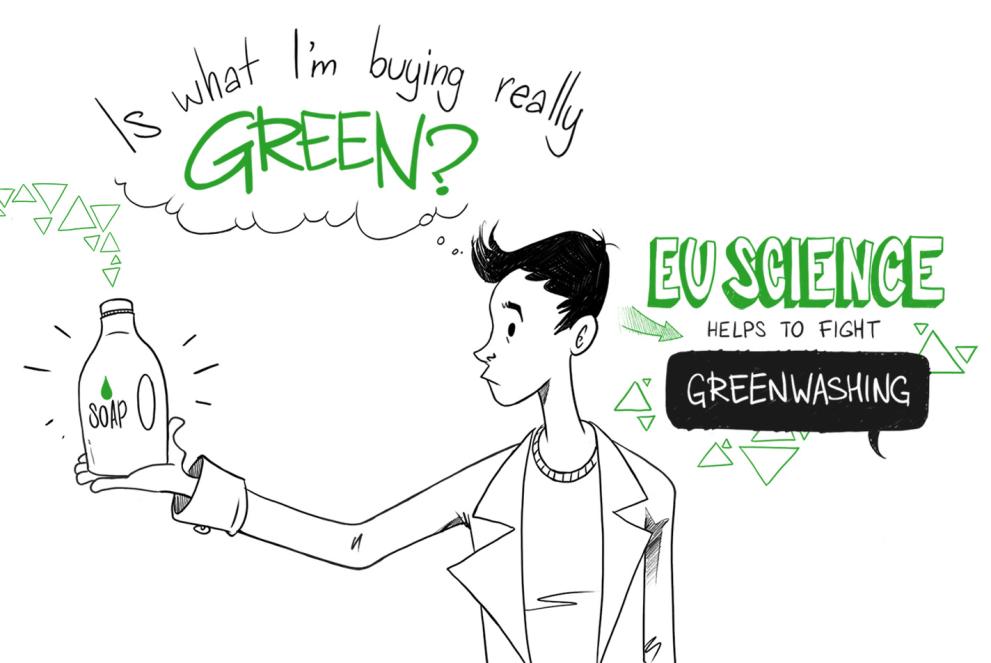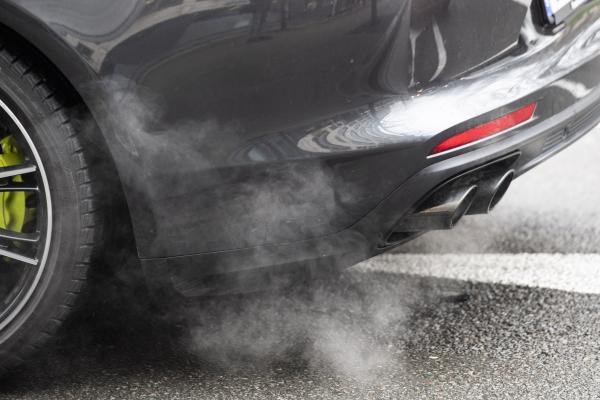
If we are looking for products that are the best for the environment, we will see many labels claiming goods to be green, sustainable or eco-friendly. But how do we know which of these claims are true?
The Commission proposes a Green Claims Directive to ensure that citizens receive reliable information and do not face misleading greenwashing practices. It introduces clear rules on how companies should prove their environmental claims and labels.
To help companies to identify, measure and reduce the impacts of goods, services and organisations, the Commission, working with scientists in its Joint Research Centre (JRC) has developed the Environmental Footprint methods. Companies do not have to invent their own methods from scratch.
Watch our video to understand how these methods help consumers choose green products.
With the Environmental Footprint methods, companies can assess the full life cycle impacts of products. Starting from the mining of raw materials, through production and active use, they can measure the emission and resource use up to final waste management. The methods also enable the comparison of impacts for similar products, and provides information on how to communicate the results on the sustainability of products to the public.
The Commission worked with hundreds of companies from different sectors in a pilot phase between 2014 and 2018 to test and improve these methods.
Background
This proposal for a Directive on Environmental claims builds on the political commitment of the European Green Deal, the Circular Economy Agenda and the New Consumer Agenda. It complements the March 2022 proposal for a Directive on empowering consumers for the green transition that strengthens horizontal consumer protection law to prohibit specific and recurrent greenwashing practices under all circumstances.
The proposed Green Claims Directive sets the first detailed EU rules on how companies should prove their voluntary green claims. Both proposals will help protect green-minded companies against unfair competition from competitors who try to greenwash their products, tricking consumers into buying products that are unsustainable.
The Commission promotes the use of the Environmental Footprint methods in other policies such as the Battery Regulation and the Ecodesign of Sustainable Products.
Details
- Publication date
- 22 March 2023
- Author
- Joint Research Centre
- JRC portfolios




